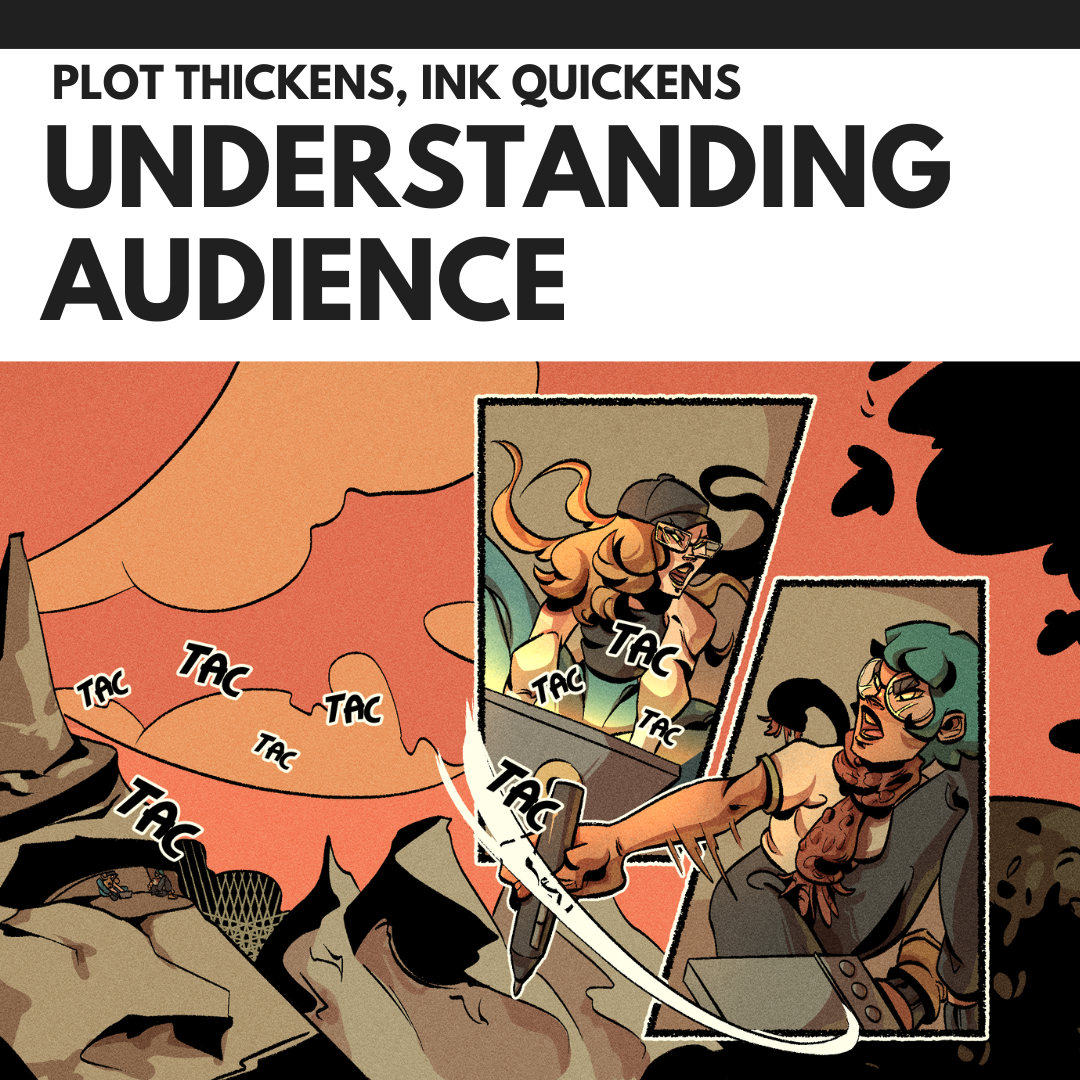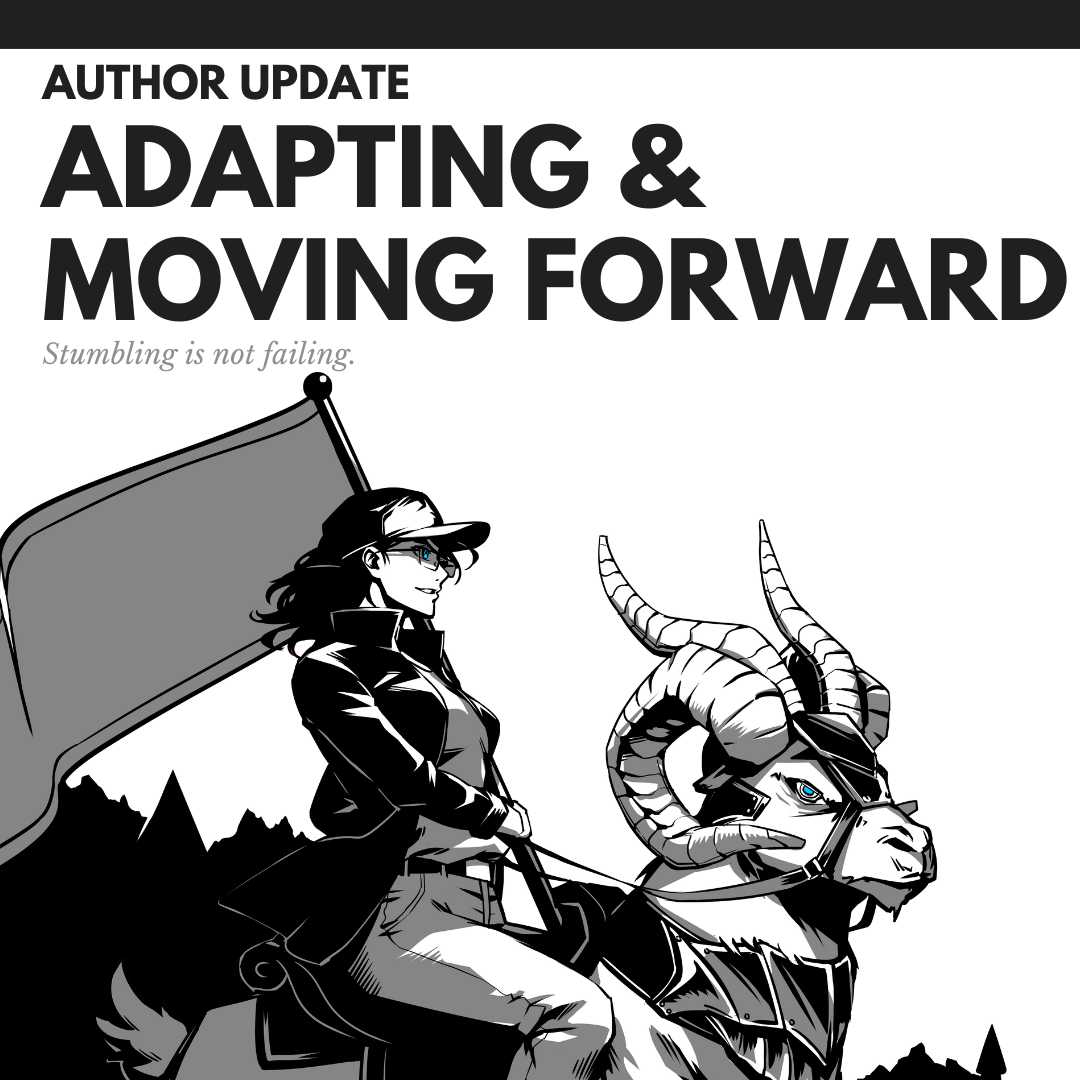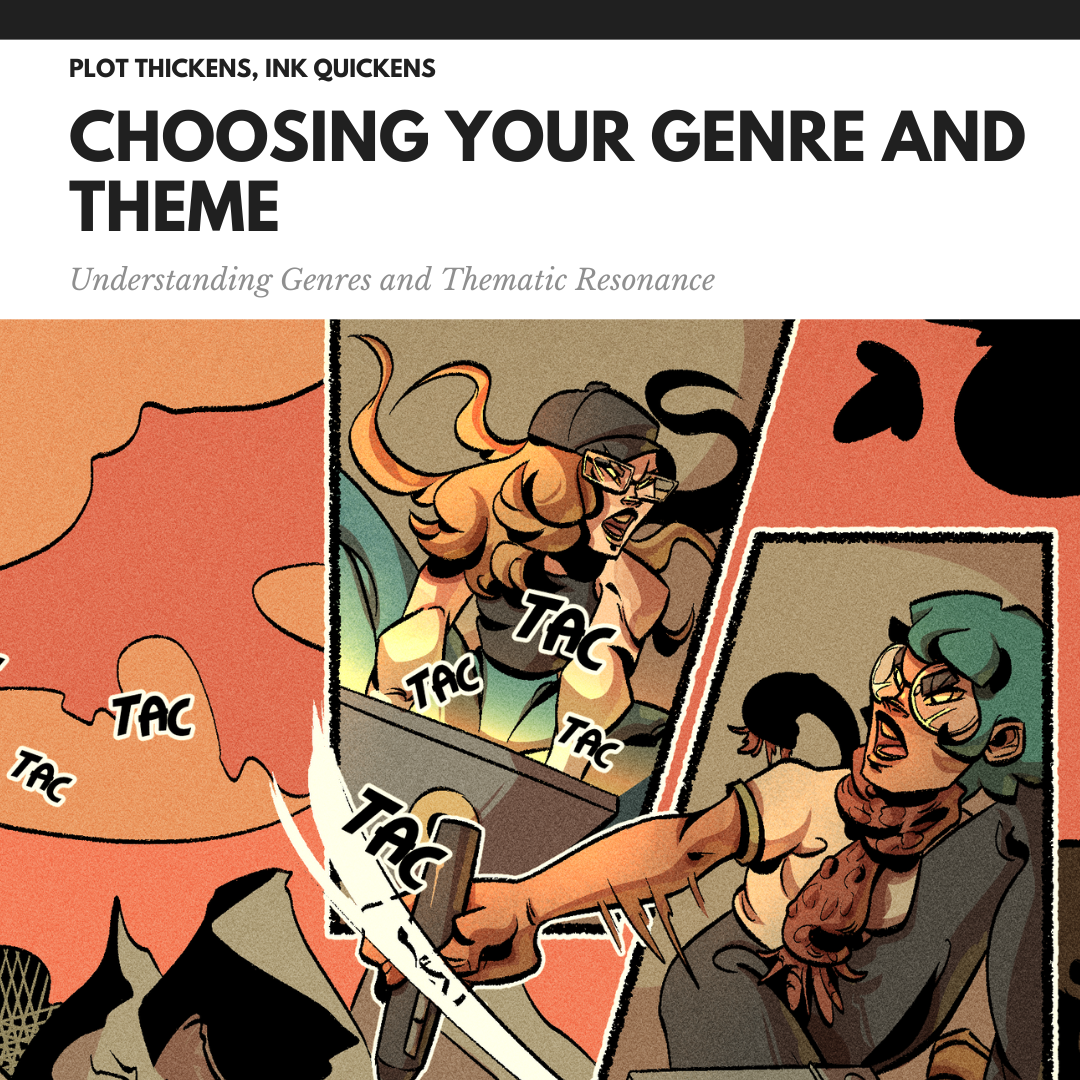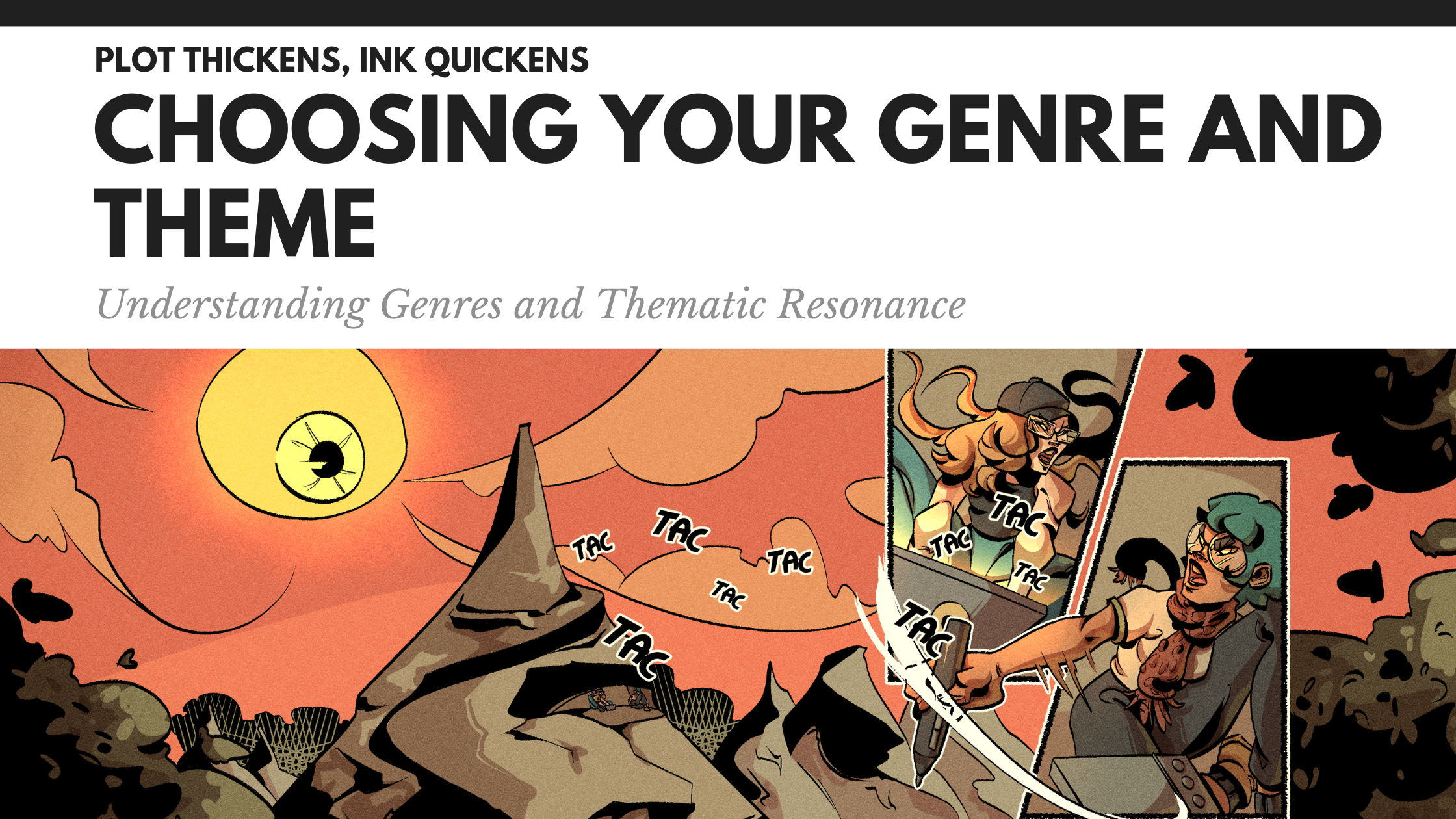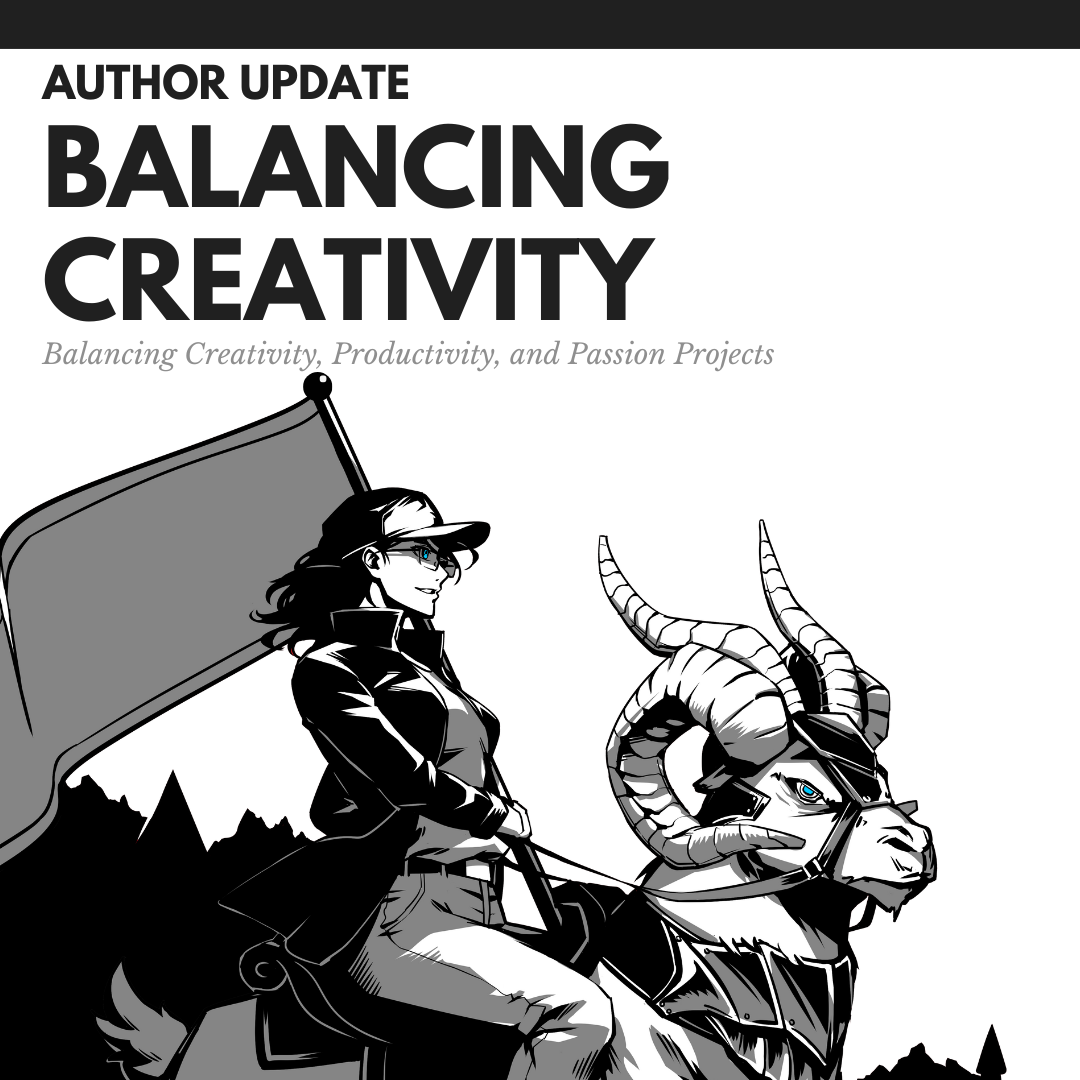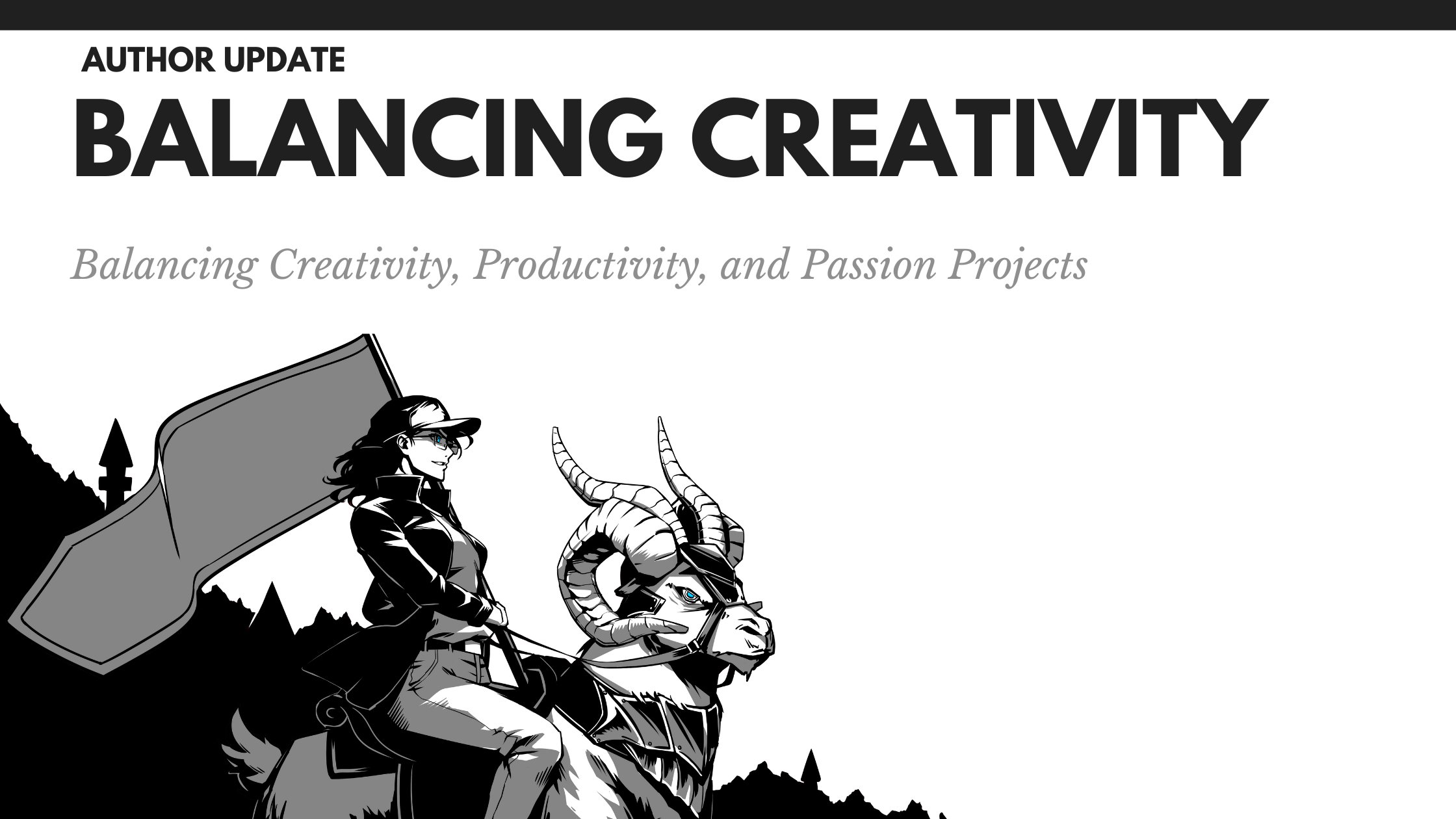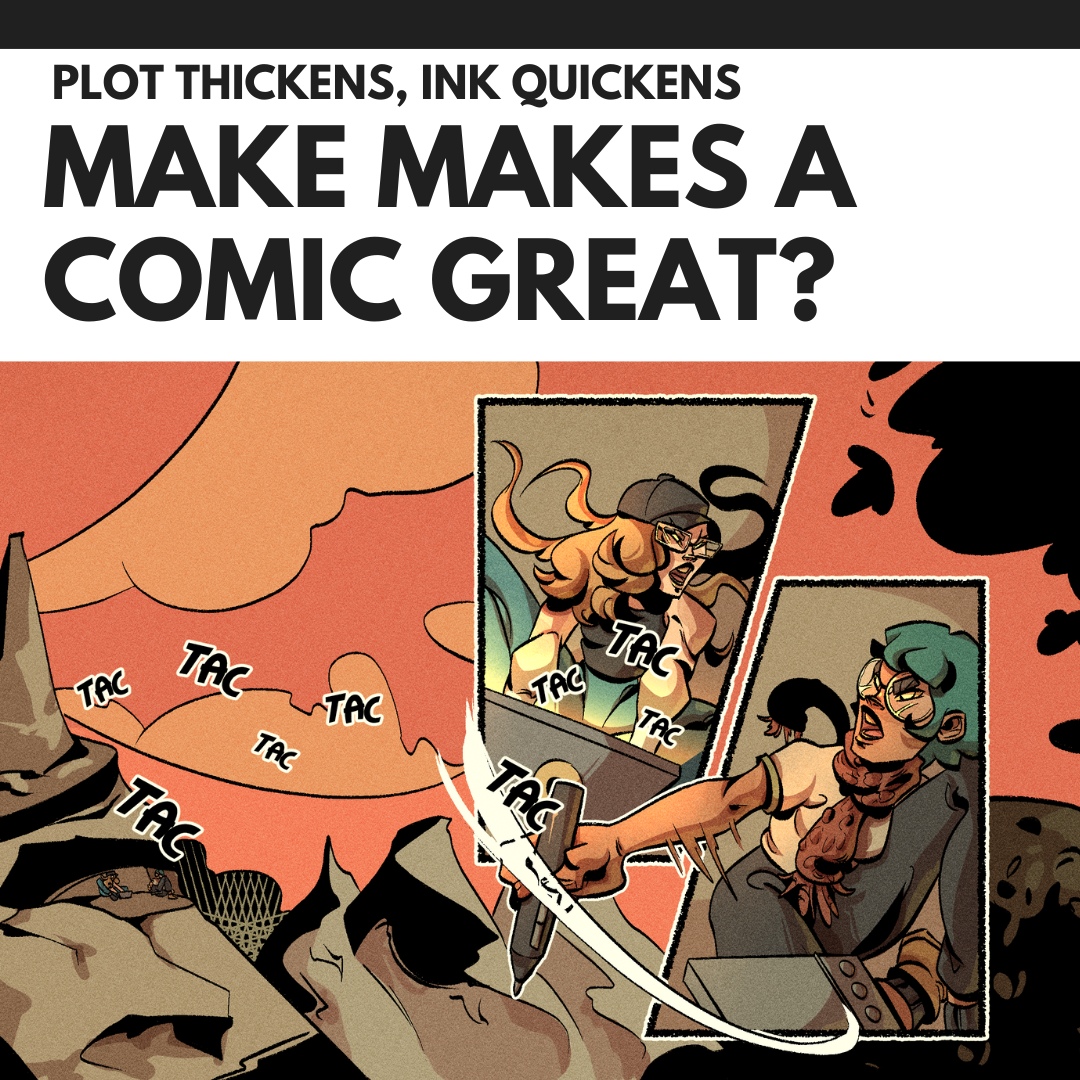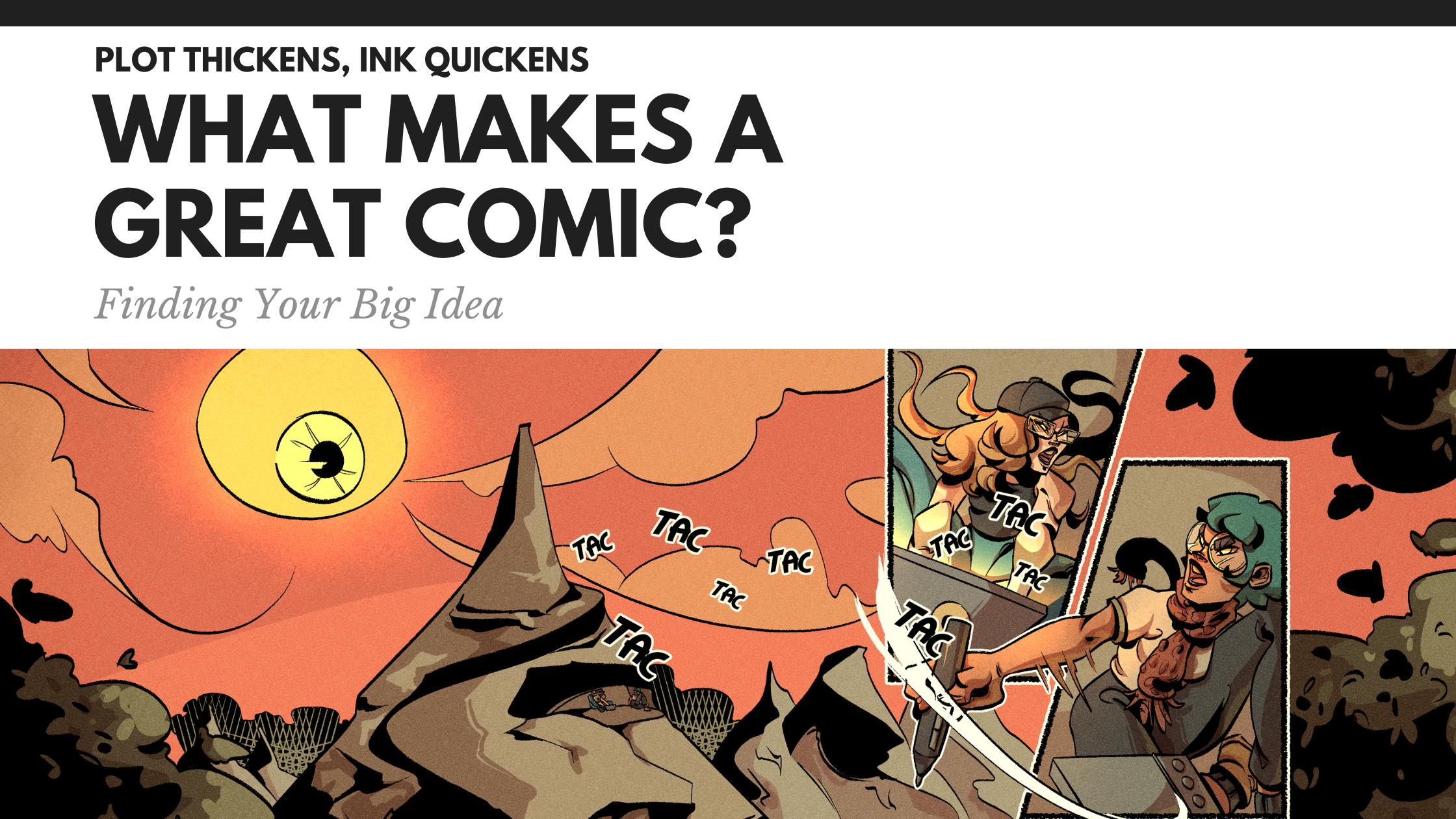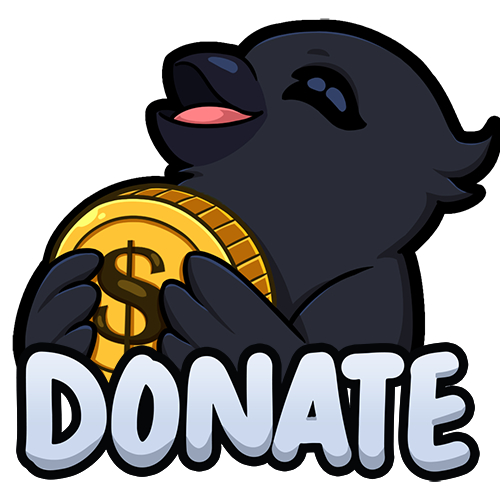Creating a comic is an exciting, multilayered process that blends storytelling, art, and imagination into a visual medium capable of evoking deep emotions and telling complex narratives. At the heart of every great comic lies a big idea—a concept that captures the imagination, sets the tone for the story, and resonates with readers long after they close the book. But finding your big idea is often the hardest part of the journey. Where do you start, and how do you identify an idea that can anchor your comic and make it stand out in a crowded market?
In this blog post, I’ll guide you through the process of finding and developing a big idea for your comic. Whether you’re a new writer or a seasoned storyteller venturing into comics, this roadmap will help you channel your creativity and turn a spark of inspiration into a compelling narrative.
What Is a Big Idea in Comics?
In the context of storytelling, the “big idea” is the core concept that drives your narrative. It’s the heart of your story—the central premise that shapes the plot, defines the characters, and sets your comic apart. For example:
- In Batman, the big idea is a vigilante fighting crime to avenge the loss of his parents, exploring themes of justice, morality, and identity.
- In Saga, the big idea is a family’s struggle to survive in the midst of a galactic war, blending elements of love, survival, and societal conflict.
- In The Walking Dead, the big idea revolves around survival and the breakdown of society after a zombie apocalypse, examining human behavior under extreme circumstances.
Your big idea is what gives your story a sense of purpose and direction, acting as a foundation for every creative decision you’ll make—from plot points to character development to the artistic style of your comic.
Why Your Big Idea Matters
Readers are drawn to stories that feel fresh, relevant, or emotionally resonant. A great comic isn’t just about good art or witty dialogue; it’s about creating a memorable experience that sticks with the audience. A strong big idea serves several key functions:
- Attracts Attention: In a saturated market, a unique and compelling concept can make your comic stand out.
- Guides Your Narrative: It acts as a compass, helping you make consistent storytelling choices.
- Engages Readers: A well-developed idea resonates with readers, evoking emotions and sparking curiosity.
- Encourages Collaboration: If you’re working with artists, letterers, and publishers, a clear big idea provides a shared vision for the entire creative team.
How to Find Your Big Idea
Finding your big idea isn’t about waiting for a lightning bolt of inspiration; it’s about actively exploring, refining, and testing concepts until you find one that clicks. Here are some practical steps to help you discover yours:
1. Start With What Excites You
Great ideas often stem from passion. Ask yourself:
- What stories do you love reading or watching?
- What topics or themes are you fascinated by?
- What kind of worlds do you dream about creating?
For example, if you’re obsessed with mythology, you might create a modern retelling of ancient legends. If you’re fascinated by technology, you could explore a cyberpunk world grappling with artificial intelligence.
2. Tap Into Universal Themes
While originality is important, the best stories often revolve around universal themes that resonate with people on a deep level. Think about:
- Love and loss
- Identity and self-discovery
- Good versus evil
- Freedom versus control
- Survival and resilience
Combine a universal theme with a unique setting, premise, or twist to make your idea stand out.
3. Ask “What If?”
The “What if?” question is a powerful tool for generating ideas. It allows you to take ordinary concepts and turn them into extraordinary stories. For example:
- What if superheroes had to register with the government? (Civil War)
- What if there was a secret school for young wizards? (Harry Potter)
- What if an alien race viewed Earth as a backwater planet, but one human accidentally became their ambassador? (Potential big idea for your comic!)
4. Look for Conflict
Conflict is the engine of any great story. As you brainstorm ideas, think about the tension at the heart of your story. What challenges will your characters face, and what’s at stake? For example:
- A family torn apart by war (Saga).
- A lone warrior seeking revenge against a corrupt empire (Conan the Barbarian).
- A young woman discovering she’s the last of her kind (Monstress).
Ask yourself: What’s the central struggle, and why will readers care?
5. Draw Inspiration From Real Life
Some of the most powerful stories are grounded in real-life experiences, issues, or emotions. Consider:
- Personal experiences: Could you base your story on a moment of growth, fear, or triumph in your own life?
- Social issues: Is there a topic you’re passionate about, such as climate change, mental health, or systemic inequality?
- Historical events: Could you reinterpret historical figures or events in a new context?
For example, Art Spiegelman’s Maus reimagines the Holocaust through the lens of anthropomorphic animals, blending history and metaphor to create a deeply impactful narrative.
Developing Your Big Idea
Once you’ve found a spark of inspiration, the next step is turning it into a fully developed concept. Here’s how:
1. Identify the Core Concept
Write down your idea in a single sentence. This will help you distill it to its essence. For example:
- “A vigilante fights to bring justice to a corrupt city after the murder of his parents.” (Batman)
- “Two fugitives from warring planets try to protect their newborn child in a galaxy at war.” (Saga)
- “A group of survivors struggles to maintain their humanity during a zombie apocalypse.” (The Walking Dead)
If you can’t summarize your idea clearly, it may need more refinement.
2. Build the World
A strong setting can elevate a good idea into a great one. Think about the world where your story takes place:
- What are the rules? (Magic, technology, society)
- What’s the tone? (Dark and gritty, light and comedic, epic and adventurous)
- How does the world shape your characters and their journey?
For example, the world of Akira is a dystopian future with cyberpunk aesthetics that influence the story’s themes of power, rebellion, and loss.
3. Create Memorable Characters
Your characters are the lens through which readers will experience your big idea. Make them relatable, flawed, and multidimensional. Ask yourself:
- What do they want, and what’s stopping them from getting it?
- How do they grow or change over the course of the story?
- How do they reflect or contrast with the big idea?
Great characters like Spider-Man, Alana and Marko from Saga, or Michonne from The Walking Dead are deeply connected to their stories’ core concepts.
4. Test Your Idea
Before you commit to a full script, test your big idea to see if it resonates:
- Share it with trusted friends, peers, or collaborators and get their feedback.
- Write a short pitch or synopsis and see how it feels.
- Create a one-page comic or a sample script to explore the concept in action.
If the idea feels flat or uninspired, don’t be afraid to tweak or even abandon it in favor of something stronger.
Examples of Big Ideas in Comics
Here are some examples of comics with strong, memorable big ideas:
- Watchmen: What if superheroes existed in a world that reflected the gritty, morally complex realities of the Cold War era?
- The Sandman: What if the Lord of Dreams was captured and had to rebuild his kingdom while confronting his own flaws?
- Bone: What if three cartoonish characters were dropped into a sprawling epic fantasy with political intrigue and dark undertones?
These big ideas stand out because they combine originality with emotional depth, creating stories that resonate on multiple levels.
Challenges to Avoid
While finding your big idea, be mindful of common pitfalls:
- Overcomplicating the Concept: A big idea should be clear and concise, not bogged down by excessive details.
- Relying on Tropes: Familiar elements can work, but your idea should bring something fresh to the table.
- Ignoring Emotional Resonance: An idea that’s clever but lacks emotional depth may fail to connect with readers.
- Being Too Derivative: Inspiration is fine, but avoid copying existing stories. Find your unique voice and perspective.
Final Thoughts
Finding your big idea is the first and most crucial step in creating a great comic. It requires creativity, self-reflection, and a willingness to take risks. But once you’ve identified a concept that excites you and resonates with readers, you’ll have a strong foundation for building an unforgettable story.
Remember, every great comic starts as a spark of inspiration. Trust your instincts, embrace the creative process, and don’t be afraid to explore new territory. Your big idea could be the next story to capture readers’ imaginations and leave a lasting impact on the world of comics.
Happy writing!


